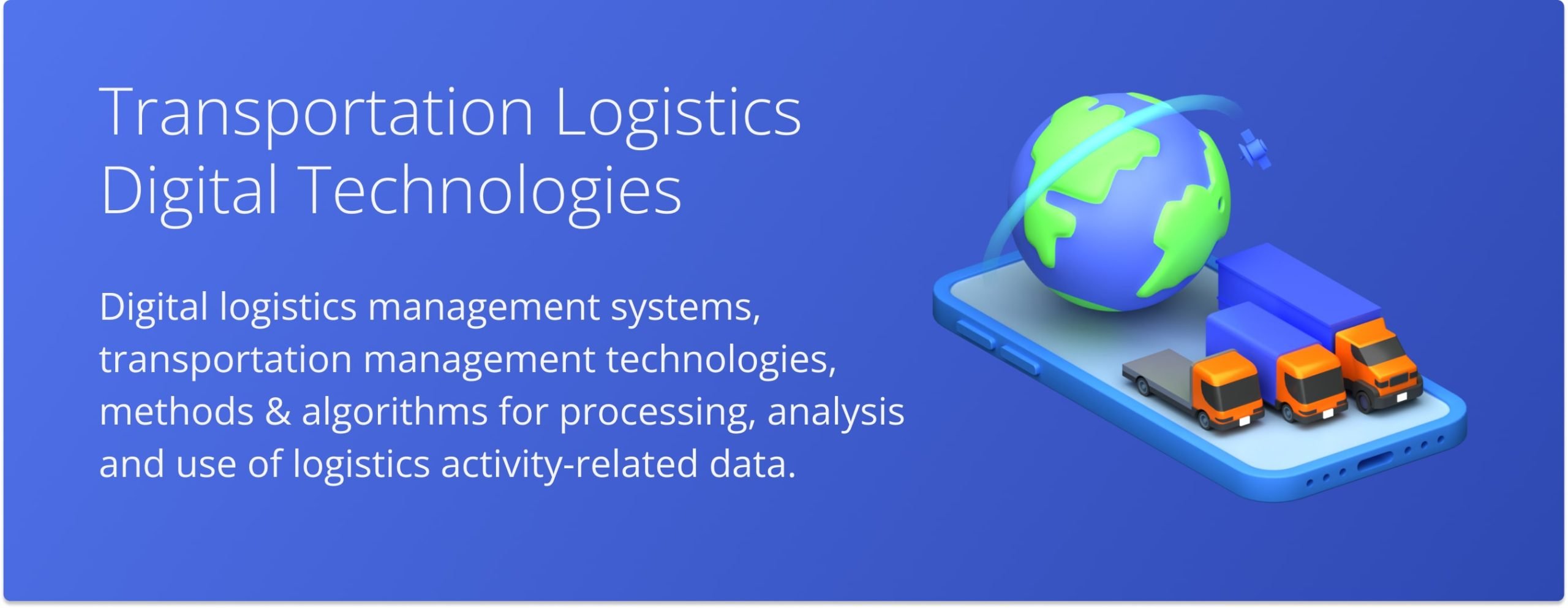Impact Of Digital Technologies On Transportation Logistics
Transport logistics is the process of planning, organizing, managing and controlling the movement of goods and people using different modes of transport. Digital technologies are a set of means and methods based on the application of electronic devices, software, the Internet and artificial intelligence. Digitalization of logistics is the process of introducing digital technologies into logistics processes in order to improve their efficiency, quality and safety. Over the past few years, FreightTech has evolved into a distinct category of technology.
The level of excitement in the industry increased in 2018 as global venture capital investment rose to $29 billion from $1.3 billion a year earlier. Investment in FreightTech has grown not only in terms of total investment, but the average size of deal rounds has also increased, reflecting trends in the overall venture capital landscape. According to Morningstar, the average Series B round size in the FreightTech industry increased 78% from $245 million in 2014 to $43.6 million in 2017.

What Technologies Are Used In Logistics
Modern logistics technologies are divided into the following groups:
- Digital platforms and services are online marketplaces that bring together supply and demand for logistics services, providing transparency, convenience and saving time and money for clients and providers.
- Digital logistics management systems are software solutions that automate and optimize the processes of planning, monitoring, analyzing and controlling logistics operations.
- Digital transportation management technologies are technical tools that improve the safety, efficiency and environmental friendliness of vehicles.
- Digital data technologies are methods and algorithms that enable the collection, storage as well as the processing, analysis and use of large amounts of data related to logistics activities. Examples of such technologies: Big Data, Cloud Computing, Machine Learning, Artificial Intelligence, Blockchain, etc.
What challenges will digitalization of logistics help to solve
Digital technologies in logistics help to solve many problems related to improving the quality and efficiency of logistics processes. Here are some of them:
- Cost reduction – digitalization of logistics saves on fuel, labor, storage space, insurance and other related costs.
- Increased speed – digitalization enables faster delivery, unloading, loading, customs clearance and other logistics-related operations. For example, according to McKinsey, digitalization could increase the speed of logistics by 30% by 2030.
- Improving quality – digitalization allows for greater accuracy, reliability, safety and customer satisfaction in the logistics process. For example, according to Deloitte, digitalization could improve logistics quality by 25% by 2030.
- Empowerment – digitalization helps to expand the geography, range, spectrum and flexibility of logistics services. For example, according to the World Economic Forum, digitalization could expand logistics capabilities by 40% by 2030.
Barriers to Digitalization
It is a complex and multifaceted process that faces various barriers and obstacles. Here are some of them:
- Lack of funding – digitalization requires significant investment in the development, implementation and support of digital technologies. However, not all participants in the transportation and logistics process have sufficient resources to do so.
- Lack of staffing – the service requires experienced workers in digital, analytics, management and other areas. However, not all participants in the transportation and logistics process have access to such personnel.
- Lack of standardization – digitalization requires a common format, protocol and rules for data exchange between different participants in the transport and logistics process. However, not all participants in the transportation and logistics process use the same or compatible systems.
- Lack of regulation – the service requires adequate legal and regulatory regulation to ensure the legality, safety and responsibility of all participants in the transportation and logistics process. However, not all aspects of digitalization are taken into account or regulated by legislation.
Overcoming these barriers requires joint action by stakeholders: government, business, science, education and society.
The digitalization of transport and logistics is a global trend that has a great impact on the development of the industry and society. Such technologies provide solutions to many problems related to improving the quality of logistics processes. Logistics opens up new opportunities for government, business, customers and society, but also faces barriers and obstacles. In order to realize the potential and become a leader in the digital logistics market, it requires joint action by all stakeholders, as well as continuous development and implementation of new technologies.
Last Updated: